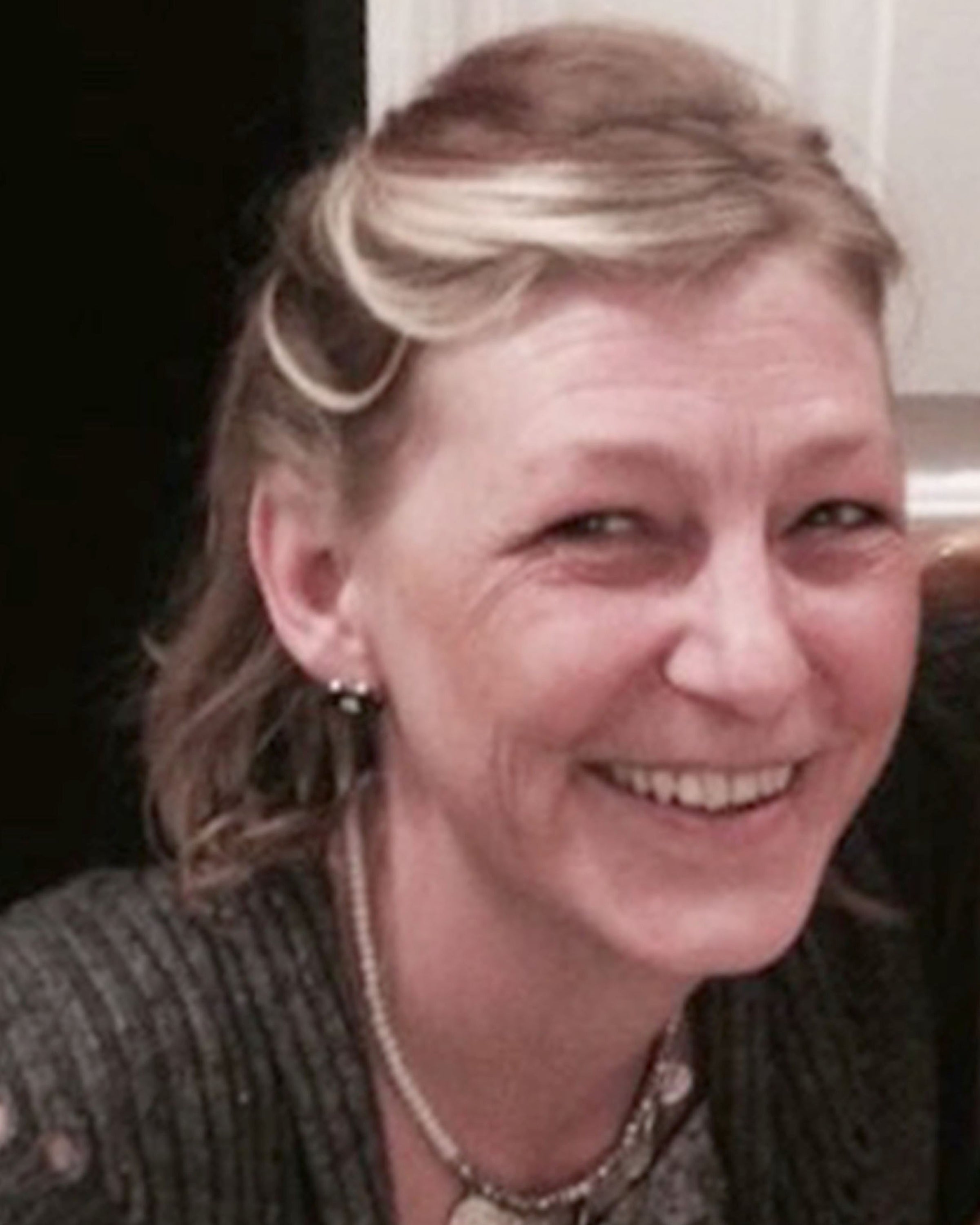Salisbury Novichok poisonings inquiry: Who was Dawn Sturgess and what happened to her?
Dawn Burgess died in the Novichok nerve agent poisonings in Salisbury in 2018
A public inquiry has been launched into the death of Dawn Sturgess, who died in the Novichok nerve agent poisonings in Salisbury in 2018.
The purpose is to investigate the “extraordinary” circumstances of her death and the links to the attempted killings of former Russian secret agent Sergei Skripal and his daughter Yulia. Police officer Nick Bailey, who was the first person to enter the Skripal house, was also affected by the nerve agent.
They were poisoned when members of a Russian military intelligence squad are believed to have smeared Novichok on Mr Skripal’s door handle. The inquiry will examine evidence of what led to the later poisoning of Ms Sturgess and her death.
Who was Dawn Sturgess and how was she poisoned?

Dawn Sturgess, 44, died from Novichok poisoning in Salisbury Hospital on 8 July 2018.
An autopsy found the mother-of-three was poisoned after using a discarded perfume bottle containing the lethal nerve agent.
Shortly after opening the bottle on 30 June and spraying herself with what she believed to be perfume, she collapsed at her partner’s house in Amesbury and started to develop symptoms.
Ms Sturgess’s partner Charlie Rowley, who was also poisoned but recovered, later told the police he found the perfume bottle in a charity bin on 27 June.
Emergency services and paramedics then realised she had been poisoned by the same nerve agent used on the Skripals, who were located eight miles away, almost four months earlier.
What is the fatal poison Novichok?
Novichok was found inside the perfume bottle and has been identified as a highly toxic nerve agent that can attack the nervous system.
The poisons often come in powder and gas forms, but can also take a liquid form and be absorbed through the skin.
The name was given after a group of nerve agents was developed by the Soviet Union in the 1970s and 1980s.
The chemical is believed to be the world’s most powerful poison and it was called “newcomer” in Russian - referring to the major breakthrough made in chemical weapons at the time.
Novichok remained in the shadows until 1992 when a jailed chemist whistleblower, Vil Mirzayanov, revealed the nerve agent had been secretly developed by the Russians.
Bookmark popover
Removed from bookmarks